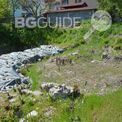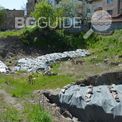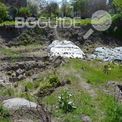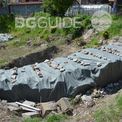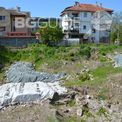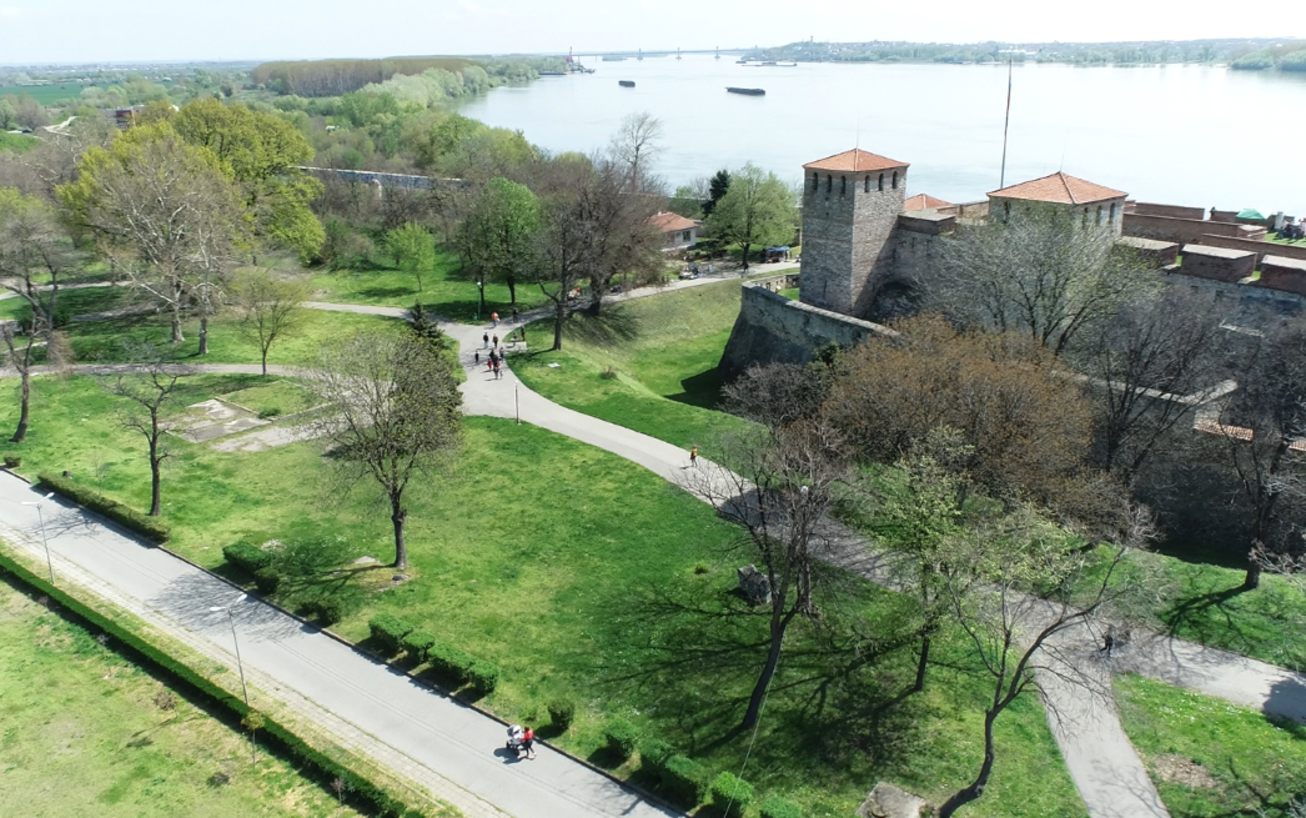
Bononia – Roman Military Camp and Fortress on the Danube Road
It is believed that the name origins from the Latin word “bonus”, which means “good”. Although known by the Roman historical sources, Bononia hasn`t been truly explored so far. By recent construction in the living area “Kaleto” in Vidin work parts of well protected walls have been revealed. After the archeological research, it was found out that they belong to the Western gate of the fortress which spreads on an area of 20 hectares under the present city.
The fortress dates to I century, when the First Cisipade Cohort, a horse cohort, was stationed here as part of the elite Roman soldiers. Bononia is considered to reach its largest expansion in association with the withdrawal of the Roman colonizers from the province of Coastal Dacia – after 272, under Emperor Aurelian. In this way by the end of III – beginning of IV century Bononia was already a significant settlement with a solid fortification system. In the V and VI centuries, Bononia experiences devastation invasions of Huns and Avars, but was restored (unlike Ratiaria and Dorticum) and continued to exist in the Middle Ages, when the Bulgarians built the Bdin fortress. In the XI and XII centuries, Bononia was again part of the Eastern Roman Empire (Byzantium). The excavations gave clear information about this restoration of the fortress by the Vasilevs of Constantinople. During the Second Bulgarian Kingdom here is the center of the Vidin Kingdom, ruled by Tsar Ivan Sratsimir (end of XIV century).
The excavated cultural layers are over 6 m deep and at some places – more than 7 m. Except for Roman and Late Antiquity, in the research of the Western gate of Bononia archaeologists came across layers from Early Middle Ages: VII-X century, from the era of the Byzantine rule and the Second Bulgarian Kingdom: XI-XIV century, and especially large remains from the Ottoman period and the Renaissance: XV-XIX centuries.
According to the Chief archeologist – Assoc. Prof. Zdravko Dimitrov - Bononia has the most representative and most powerful defensive structures along the Lower Danube Limes. Only here the wall is 4 m wide, and the fortress towers are decagonal with diameter of 25-30 m.
The finds are also impressive. Among all stands the bronze head of Emperor Nero, discovered by J. Atanasova in rescue excavations in the 60s. More than 1000 finds have already been discovered during the new excavations, many of them coins, household items, ceramic vessels, terra sigilata, architectural decorations from buildings, seals and other monuments with epigraphic content, and many others.
The remains are expected to be under all over the city of Vidin. Under today’s “Baba Vida” (currently the only fully preserved fortress in Bulgaria) is assumed to be the north-western tower of Bononia. In the area of the famous Vidin Synagogue, since geophysical surveying has shown traces of ancient ruins there as well, is where the center of the Roman Military Camp is presumed to be. Being so deep in the ground has preserved the remains from bad weather conditions and treasure hunters. The research and excavations will continue in the next 2-3 years, supported by the Ministry of Culture and Vidin Municipality. The main goal is to organize and present an archaeological park that will be the main attraction for future visitors. The Mayor of Vidin has vowed to change the urban plan of the city, so it can allow the exhibition of the newly found structures.
Restoration and conservation of the ruins should be obtained – surrounding the site with fence and signs, parts of the wall to be covered with geotextile for preservation during winter, and so on.
The archaeological sites of Bononia and Ratiaria are part of the joint nomination of the Danube Roman Limes as a UNESCO World Heritage. Work is underway to prepare the application documents.
The article was developed within the project "Valorization of cultural heritage and promotion of sustainable tourism by reviving the common heritage of the Danube Limes as a basis for a cultural route", with the acronym Living Danube Limes, under the "Danube 2014-2020" Transnational Cooperation Programme.
National Tourism Cluster "Bulgarian Guide" is a key partner for Bulgaria in the project, responsible for the pilot region.
